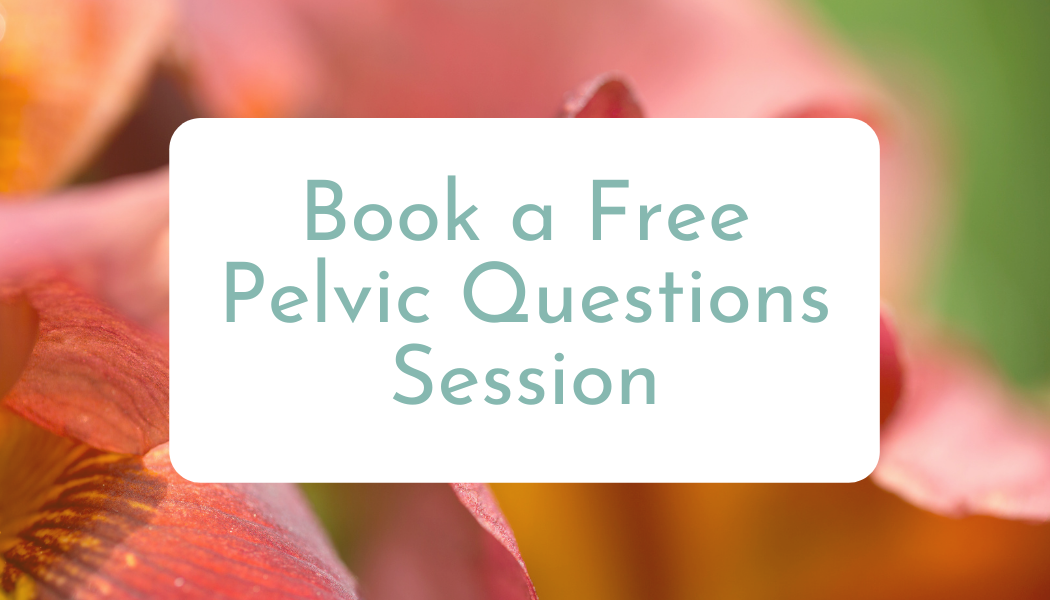Holistic Lifestyling Podcast Season 2 Episode 1 Transcript Stress. It’s such a tiny word, with such a big impact. It’s what keeps us safe, and it’s also what can hold us hostage. Finding a balance in there, where you respond appropriately and also manage to leave the response state and come back to a resting state, is the big goal. The first thing to really understand is that stress is just the process. Back in season 1 I talked about injury and healing, that was in episode 8, and I said the same thing about the inflammation process. Both stress and inflammation are just processes that your body has, to do important stuff. It’s when the shutoff signals don’t happen, or when the stressors themselves don’t stop, that we have issues. How We Understand Stress Stress response is a process we just have innate in ourselves because the world is a constant source of inputs for us to figure out and decide if they’re dangerous. Sources of stress can be external (events and situations that happen TO you) or internal (self induced feelings and thoughts), and the Mayo Clinic describes these this way: External Stressors:
And Internal stressors:
Taken together, these are the sources of stress that we can try to influence and support so our responses to them are healthy and appropriate. Arrgh! The stress of it all!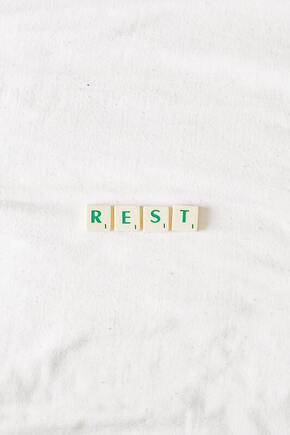 So, here you are. You’re stressed, and you’ve acknowledged and cataloged your external and internal stressors. Are you ready for that holistic approach to supporting yourself yet? Wait! There’s still one thing to consider- the spectrum of acute stress and chronic stress, because where you’re falling in between them matters to how, and how much, you can influence your response. Acute stress is a slap in the face- literally and figuratively. It’s the sharp shock, it’s the “flight” reaction to the perceived threat like a saber toothed squirrel or the zombie in a haunted house at Halloween that gets you out of there faster than a speeding greyhound. It’s also the freeze response to hearing an unexpected noise in your house at night, or when you get caught doing something you shouldn’t, or the fight response you might feel when a stranger touches you in public (or maybe that’s just me!) or that gives you the surge to wrench a stuck door open when you suddenly feel claustrophobic or trapped. And you know what? All things being equal, this acute response is pretty awesome. It allows you to react not only faster than thought, but stronger than usual. However, this uses huge amounts of resources, and your body needs time to recover from these experiences. Herein lies Project Number One- I’m not going to call them problems because I don't want to add to your problems! But these will be projects to take on if you want to make significant improvements or changes, so… Project #1:: R&R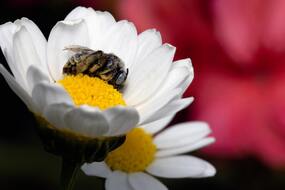 Our culture doesn’t allow for recuperation or convalescence. We’re pretty much expected to pretend that nothing big happened, even when something big has happened. That’s not normal! Having an event that causes a big, acute stress response just used up all your backup energy stores by engaging every one of your 200+ muscles- including your heart, which is now ready to outrun a hungry bear. It slapped your focus into superhero sharpness, and every excess body process you have just experienced a power outage so your energy could be diverted to saving your life. Turning your body back on just isn’t an instantaneous process, and you deserve to take some time to rest while you re-organize yourself back to homeostasis. Oh, and bonus- even when you don’t have a big event causing a sharp response, our daily lives are absolutely flooded with micro-stressors anyway so we tend to stay in this fight or flight place all the time. Don’t believe me? This is from a 2015 study from Florida State University: "Cellular phone notifications alone significantly disrupt performance on an attention-demanding task, even when participants do not directly interact with a mobile device during the task." And check out just the title of this 2014 study from Universität Mainz in Germany: Using TV, videos or a computer game as a stress reducer after a tough day at work can lead to feelings of guilt and failure. Ugh. And in 2020, Penn State announced that “[L]ife may be more stressful now than it was in the 1990s, especially for people between the ages of 45 and 64.” Ugh! Here’s what they said: "On average, people reported about 2 percent more stressors in the 2010s compared to people in the past," said David M. Almeida, professor of human development and family studies at Penn State. "That's around an additional week of stress a year. But what really surprised us is that people at mid-life [45-64] reported a lot more stressors, about 19 percent more stress in 2010 than in 1990. And that translates to 64 more days of stress a year." And this study was done with data from 2012. I can’t even imagine what the numbers are today. In fact, this is a really interesting article and I do suggest you read it! This brings us to... Project #2: Acute vs Chronic Stress Acute stress that doesn’t shut off and allow you to return to normal becomes chronic stress. And chronic stress is b.a.d. BAD. This happens either because there’s a problem with the “shut off” valve and the body keeps sending stress responses, or because the stressor itself doesn’t shut off and you’re in a constant exposure situation. If you’ve followed me for a while, you’ll know that I try to avoid black and white judgements. I’m very much an ‘all things in moderation, including moderation’ type of coach. BUT I draw the line at chronic stress. It’s like lead or cyanide or asbestos, in my opinion- any amount is too much! I could go on about why it’s bad. But if you’ve gotten this far with me you probably don’t need any extra convincing. So what am I going to teach you to do about it? Tackling Chronic vs Acute Stress First, what is the “it” exactly? Well, your body already has a system to deal with acute stressors. The sabre toothed squirrel, the vase falling off the windowsill, the slip on the stairs- that’s all instinct; either we respond quickly enough or we don’t. Luckily, in our current world, it’s much less likely to be our demise if we don’t! So I’m not going to spend time on our acute stress response- except to say that if your responses are slowed from fatigue, stress exposure, and other chronic conditions, what we do to improve chronic situations will only help to improve acute ones.
So- chronic stress and stressors are our focus. Remember that “project number one” calls for recuperation and a return to homeostasis, or balance, and that “project number two” is halting the chronic micro-stressors that influence us so much. These two projects are what we’re going to talk about more this month. Why am I setting us up this way? Well, the way I look at it is like this: you have a lot of authority over your life to make both big and small changes, even to things that have become familiar habits, that can improve the quality of your life. This is my general, default stance- one of my core values is the expectation that we all can exercise our own authority over ourselves. So when it comes to stress, understanding how we can influence how it works in our bodies is a big deal to me. There are a LOT of things you can do for yourself- internally, to change or improve how stressors affect you; and externally, both in terms of your environment and with supports like herbs that support how you work internally. These internal and external factors are what we’ll dive into in the next couple of episodes.
0 Comments
Your comment will be posted after it is approved.
Leave a Reply. |
Fun Fact: I'm an herbalist and a movement coach. Not a doctor, or a pharmacist, and not pretending to be one on TV.
This is a public space, so my writing reflects my experiences and I try to stay general enough so it might relate to you. This does not constitute medical advice, and I encourage you to discuss concerns with your doctor. Remember, however, that the final say in your wellness decisions are always yours- you have the power to choose, you are the boss of you. And, some of my posts may contain affiliate links. If you make a purchase through them I'll earn a few cents. Thank you for supporting my work. This website is provided for educational and informational purposes only and is not medical, mental health or healthcare advice. The information presented here is not intended to diagnose, treat, heal, cure or prevent any illness, medical condition or mental or emotional condition. Working with us is not a guarantee of any results. Paula Billig owns all copyrights to the materials presented here unless otherwise noted. Categories
All
Archives
July 2021
|
|
info @paulaswellness.com |
DisclaimerThis website is provided for educational and informational purposes only and is not medical, mental health or healthcare advice. The information presented here is not intended to diagnose, treat, heal, cure or prevent any illness, medical condition or mental or emotional condition. Working with us is not a guarantee of any results. Paula Billig owns all copyrights to the materials presented here unless otherwise noted. |


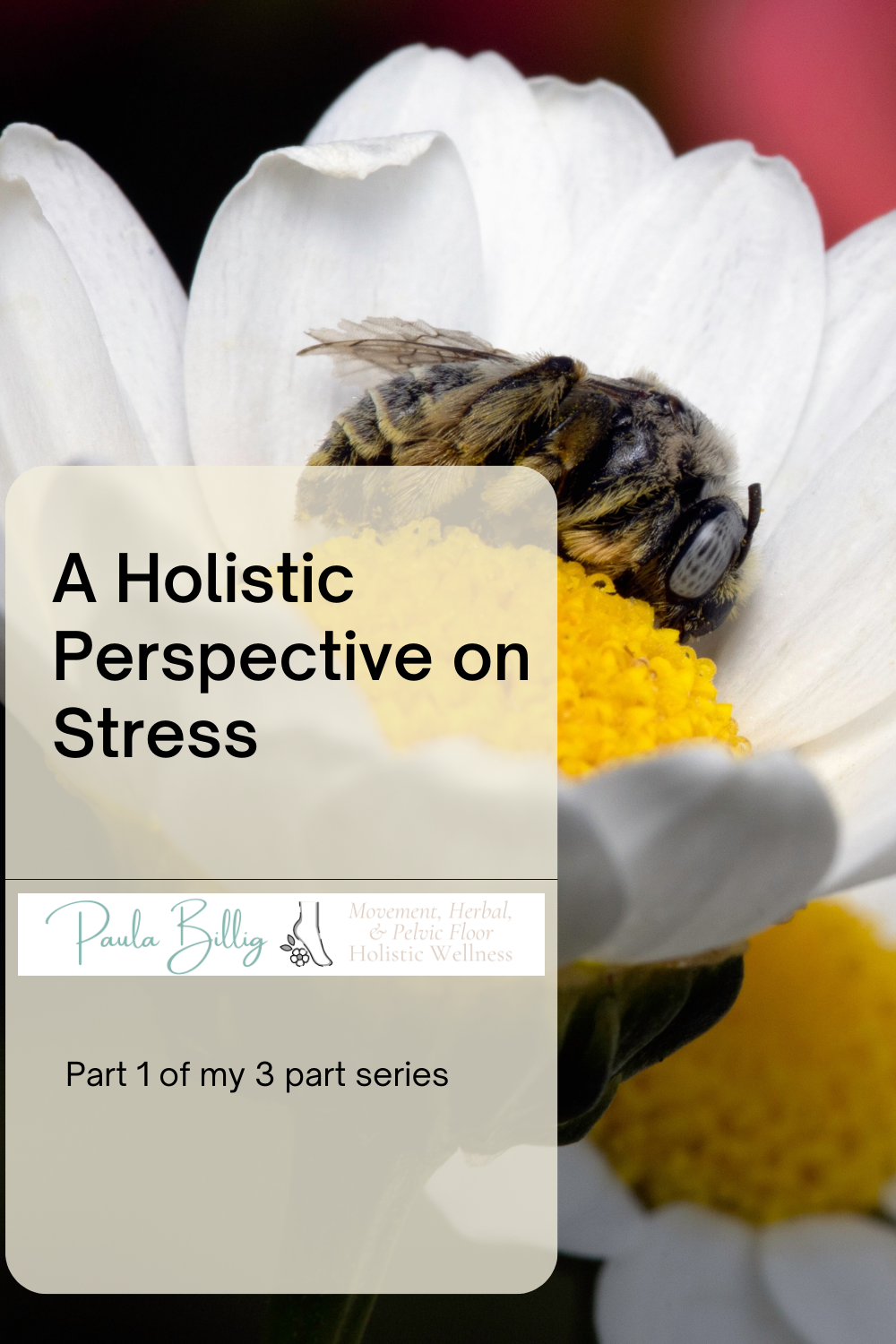

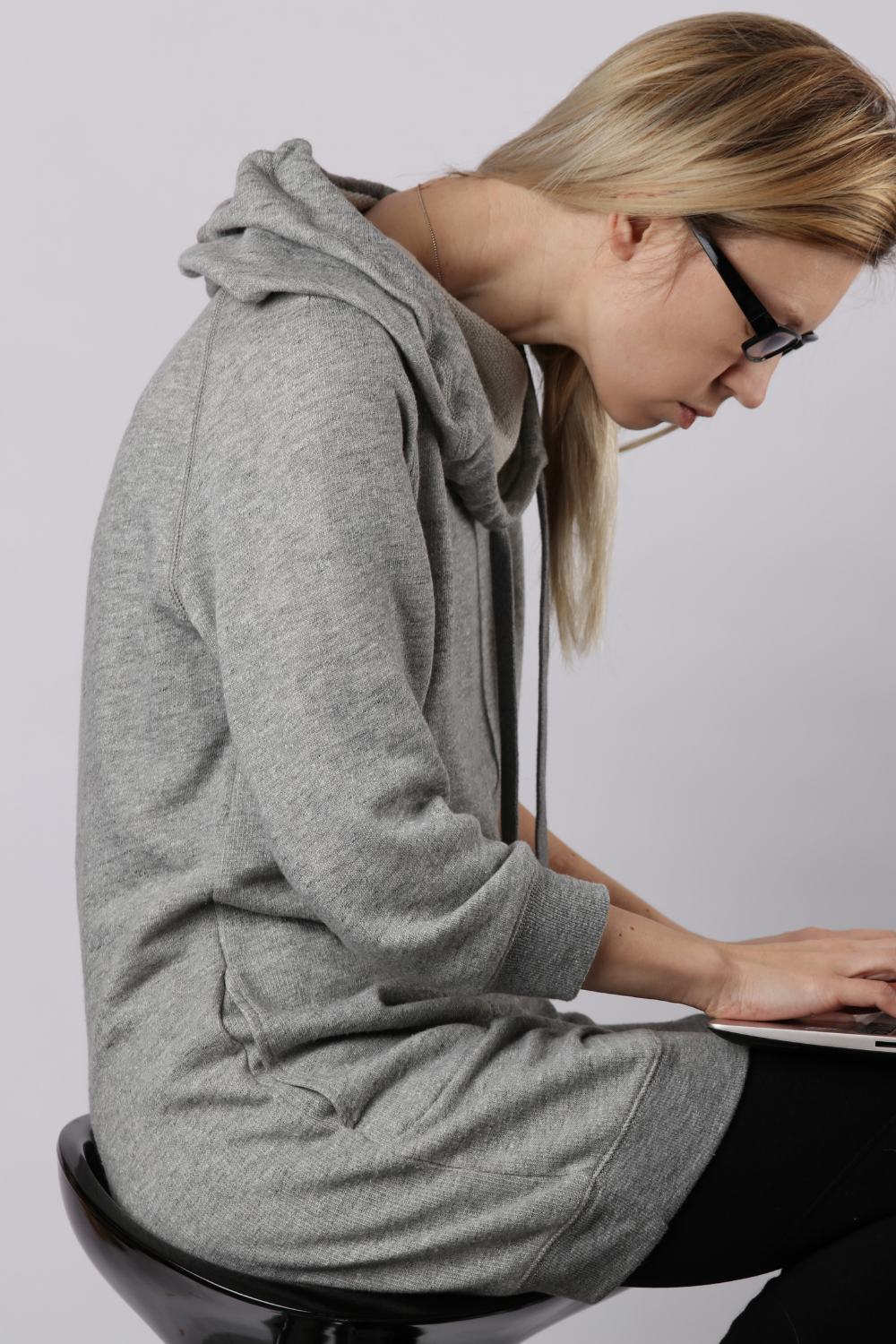
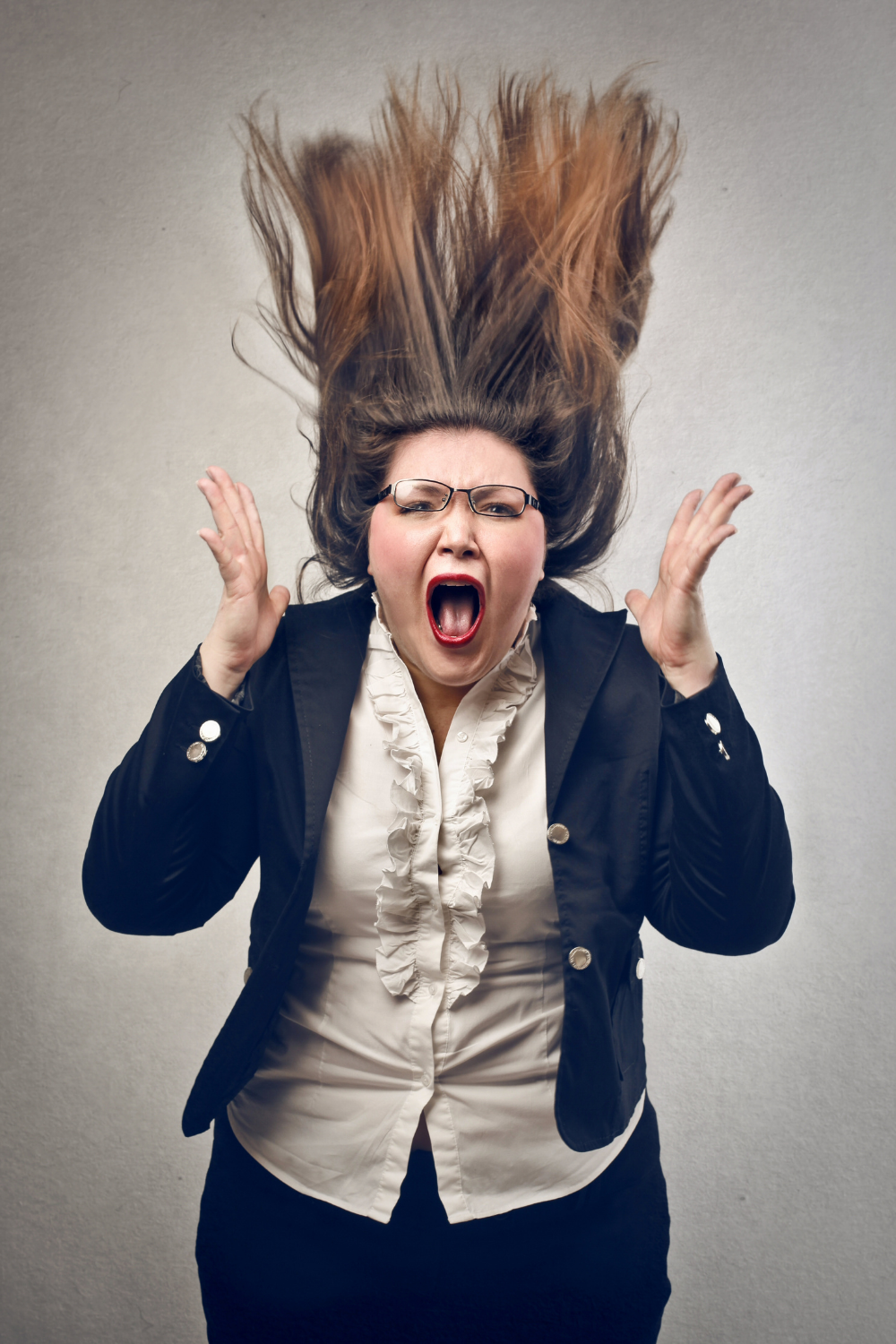
 RSS Feed
RSS Feed

